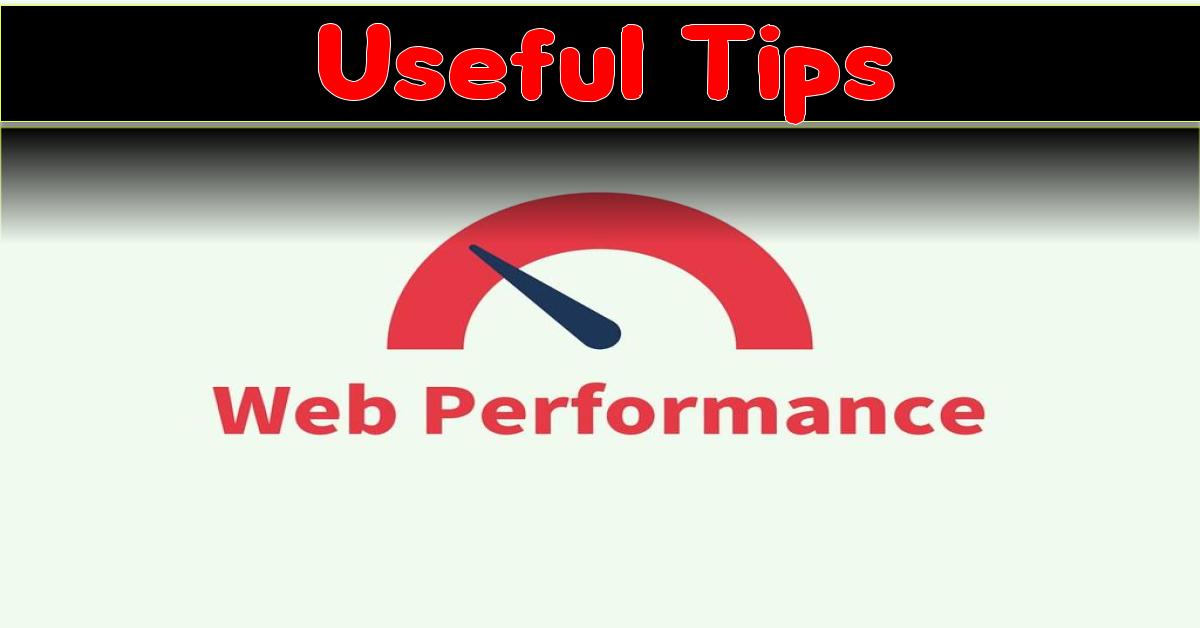
Introduction:
In the digital age, where user attention spans are shorter than ever, website performance plays a crucial role in attracting and retaining visitors. Slow-loading pages and subpar user experiences can lead to frustration and abandonment. This essay explores various strategies to enhance website performance and optimize the user experience. From reducing unused JavaScript and CSS to serving images in next-gen formats and implementing efficient caching policies, these techniques can significantly improve site speed and user satisfaction.
- Reducing Unused JavaScript:
A common issue that affects website performance is the presence of unused JavaScript. Many WordPress plugins load excessive scripts, thereby slowing down page load times. By running code coverage in Chrome DevTools, website owners can identify plugins responsible for unnecessary JavaScript and consider reducing or switching them. Ensuring that scripts are only enqueued if they are essential to each page can help minimize unnecessary overhead and streamline performance. - Serving Images in Next-Gen Formats:
Images are often the largest assets on a website and can significantly impact load times. Serving images in next-generation formats, such as WebP, can drastically reduce file sizes without compromising image quality. Utilizing plugins like Performance Lab can automatically convert uploaded JPEG images into WebP format wherever supported, optimizing load times and improving overall site performance. - Minifying JavaScript:
JavaScript files contain code that enhances interactivity and functionality on a website. However, unoptimized JavaScript can slow down page rendering. WordPress offers several plugins that can concatenate, minify, and compress JavaScript files to reduce their size. Additionally, considering a build process to handle JavaScript minification upfront can further improve performance by reducing the number of HTTP requests required to load scripts. - Eliminating Render-Blocking Resources:
Render-blocking resources, such as CSS and JavaScript files, delay the rendering of a web page, leading to slower load times. WordPress plugins are available to inline critical assets or defer less important resources, prioritizing the loading of visible content. However, it’s important to exercise caution, as these optimizations may conflict with certain themes or plugins, necessitating code adjustments to maintain functionality. - Optimizing Server Response Time:
The speed at which a server responds to requests greatly influences website performance. Factors such as the chosen theme, installed plugins, and server specifications can impact response times. Website owners can explore more optimized themes, carefully select optimization plugins, and consider upgrading server resources to reduce initial server response time and improve overall performance. - Reducing Unused CSS:
Similar to unused JavaScript, unused CSS can hinder website performance. WordPress plugins often load excessive CSS stylesheets, impacting load times. By using code coverage in Chrome DevTools, website owners can identify plugins responsible for unnecessary CSS and take steps to reduce or switch them. Enqueuing stylesheets only when they are necessary for each page can help minimize the file size and boost performance. - Properly Sizing Images:
Improperly sized images can lead to slow load times and negatively impact the user experience. To ensure optimal performance, website owners should upload images directly through the media library, ensuring the availability of required image sizes. Additionally, using the media library or image widgets to insert images helps guarantee that appropriate sizes are used for responsive breakpoints. Avoiding the use of “Full Size” images unless dimensions are suitable for their intended usage further enhances performance. - Serving Static Assets with Efficient Cache Policies:
Implementing efficient cache policies for static assets, such as CSS, JavaScript, and images, can significantly improve website performance. By leveraging browser caching, returning visitors can benefit from reduced load times, as their browsers cache frequently accessed resources. Website owners should explore caching options in WordPress and configure appropriate cache policies to optimize load times and enhance the overall user experience.
Conclusion:
In a digital landscape where speed and usability are paramount, optimizing website performance is essential. By implementing strategies such as reducing unused JavaScript and CSS, serving images in next-gen formats, minifying JavaScript, eliminating render-blocking resources, optimizing server response time, reducing unused CSS, properly sizing images, and serving static assets with efficient cache policies, website owners can significantly enhance the user experience. By prioritizing website performance, businesses and individuals can build fast, efficient, and user-friendly online platforms that captivate visitors and drive success in the digital realm.
